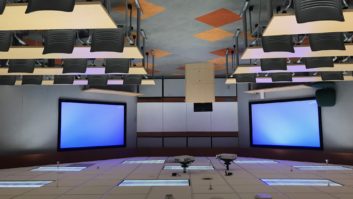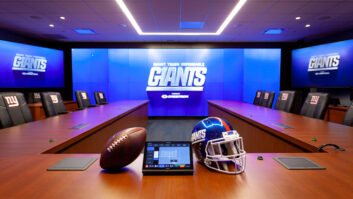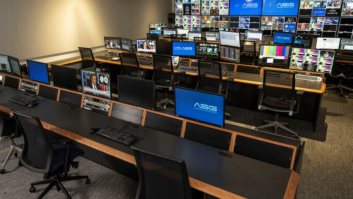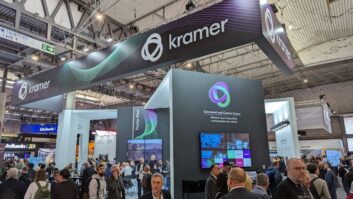Broadband, telephony, AV devices, lighting control, home automation, CCTV, access control and security…the wide variety of services in today’s modern home needs careful consideration. Ian Trudgeon of thinkingbricks looks at the steps to successful integration.
A number of sub systems in home technology are now commonly linked together, to add flexibility and upgradeability for the future. It may come as no surprise that broadband, and the range of services provided, represents an important level of integration to be considered.
Not only does broadband provide access to the internet and email, but services from TV companies and broadband providers are being developed that require other devices to be linked over an Ethernet home network.
Use of Voice over Internet Protocol (VoIP) for telephone calls and video conferencing, both for personal and home office use, mean that a network must cater for internet access to a number of points in the house, not just the study.
The increasing popularity of on-line computer gaming also requires internet access, alongside the potential to download movies or TV programmes and send (stream) the content to a TV. A system design will ensure that the right cables are run to TV locations across the house to account for this.
Security systems regularly link into lighting control systems, as well as to the telephone/ internet network to link to monitoring services or internet access from outside the house.
For more advanced requirements, audio and video distribution systems can have an option to integrate the lighting and music controls into a single keypad for central control in a room. AV systems can now be updated and supported via an internet connection as well.
It is no longer enough to install systems in isolation. Thinking through and desigining how systems will link, and the infrastructure required, is a key role of the home technology specialist, and a CEDIA company will be able to assist in predicting which systems will need to integrate with each other, as the client’s use and technology increases over time.
Ian Trudgeon is project director with thinkingbricks. He is offering RIBA-certified CPD courses on all aspects of home technology.







